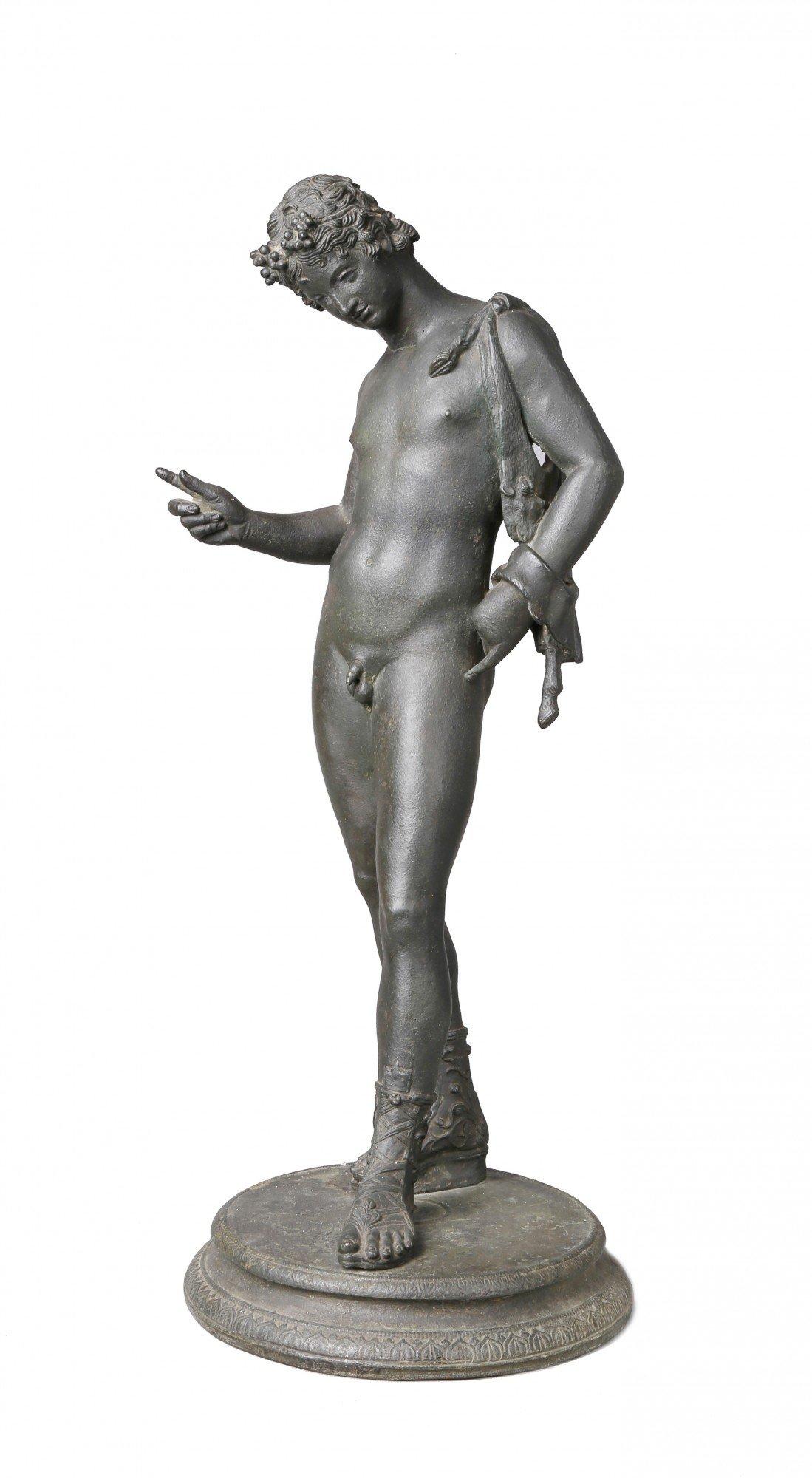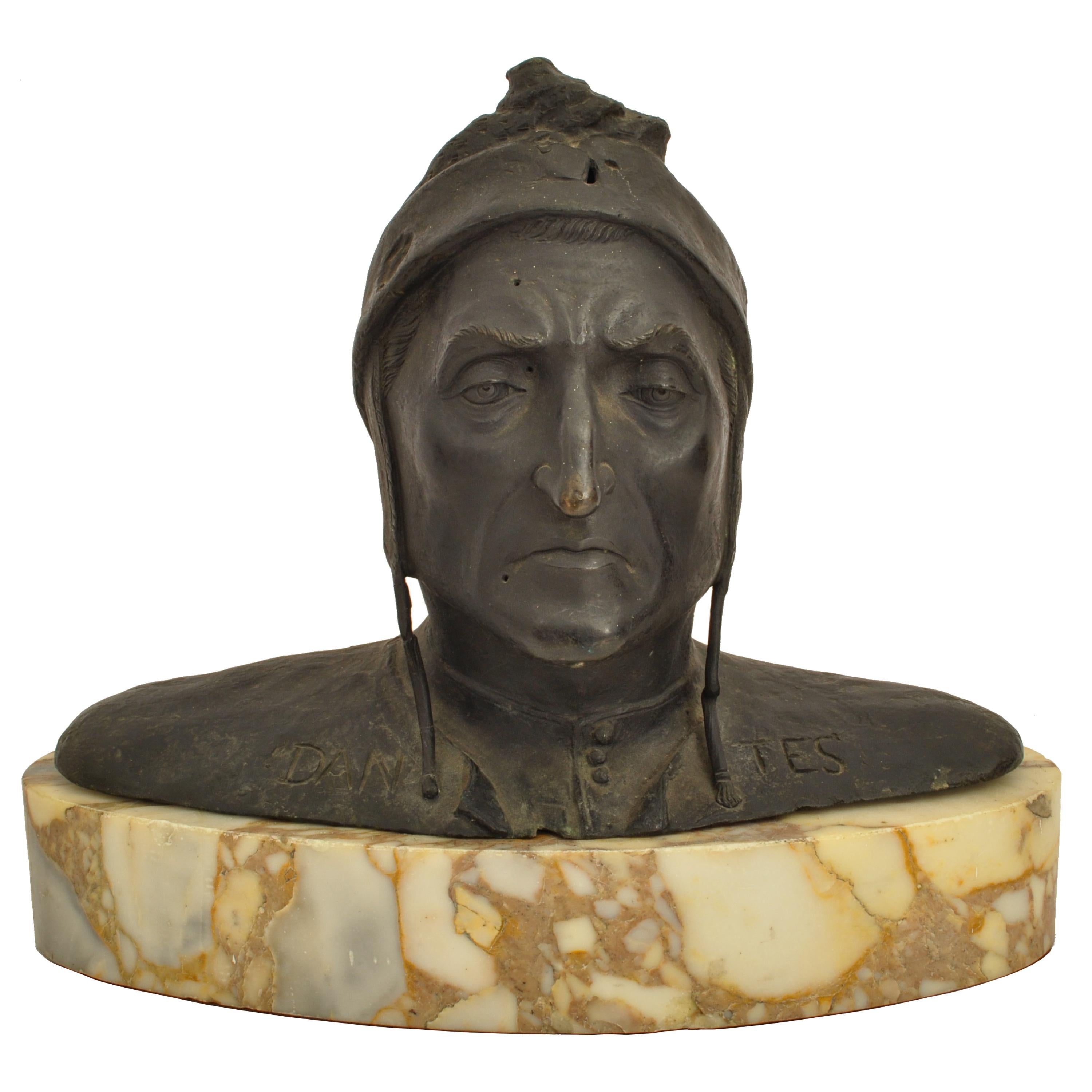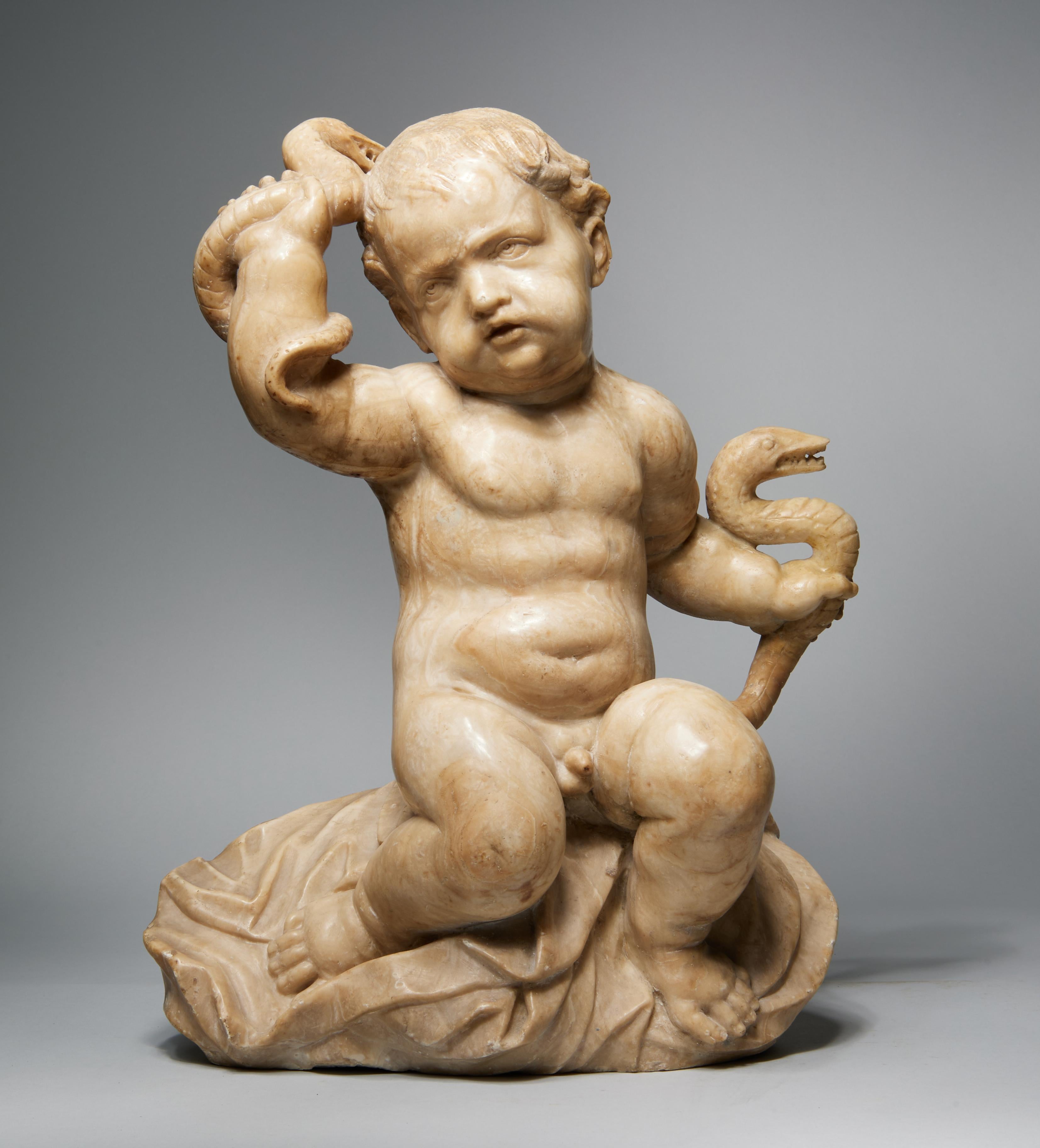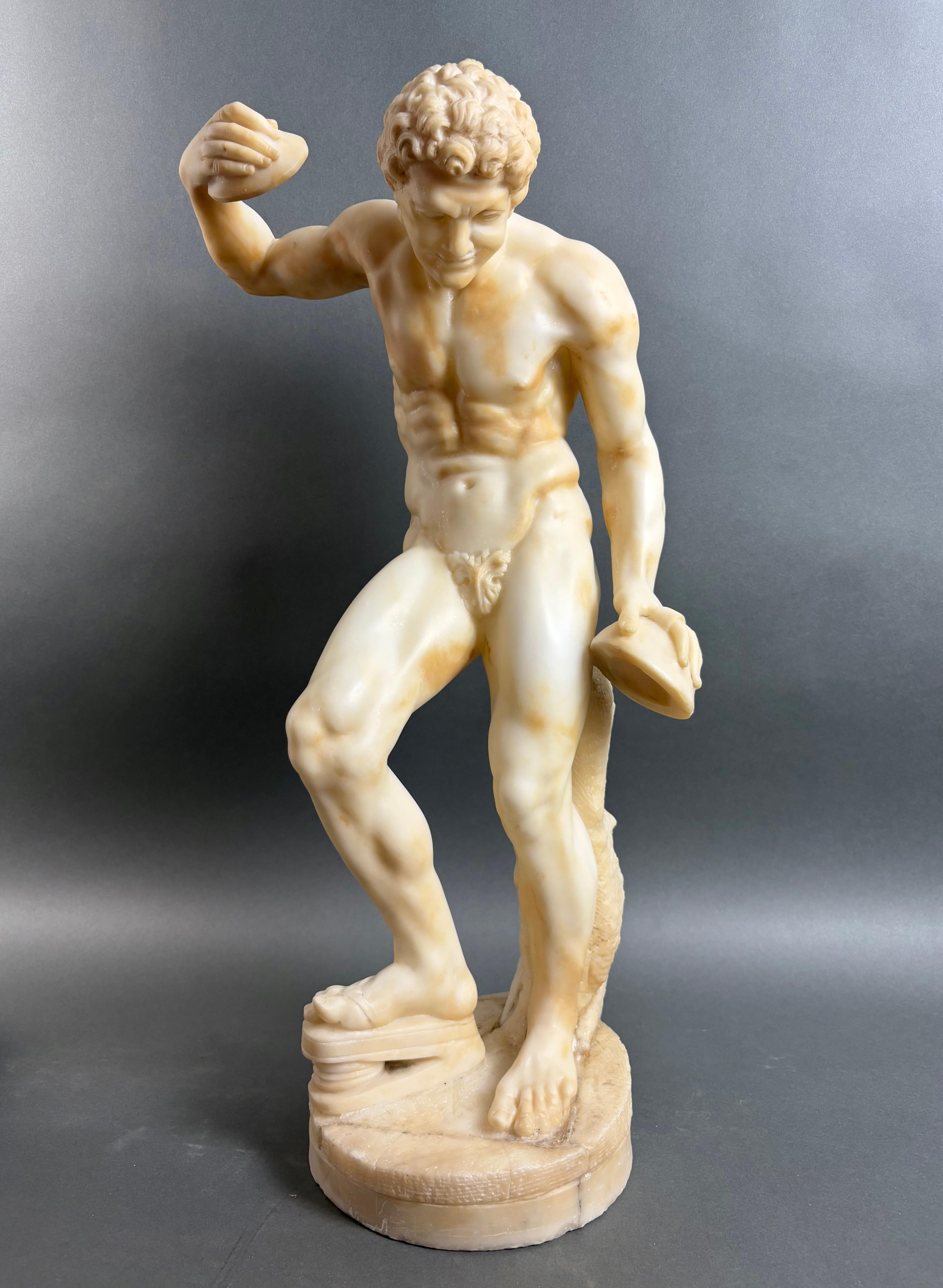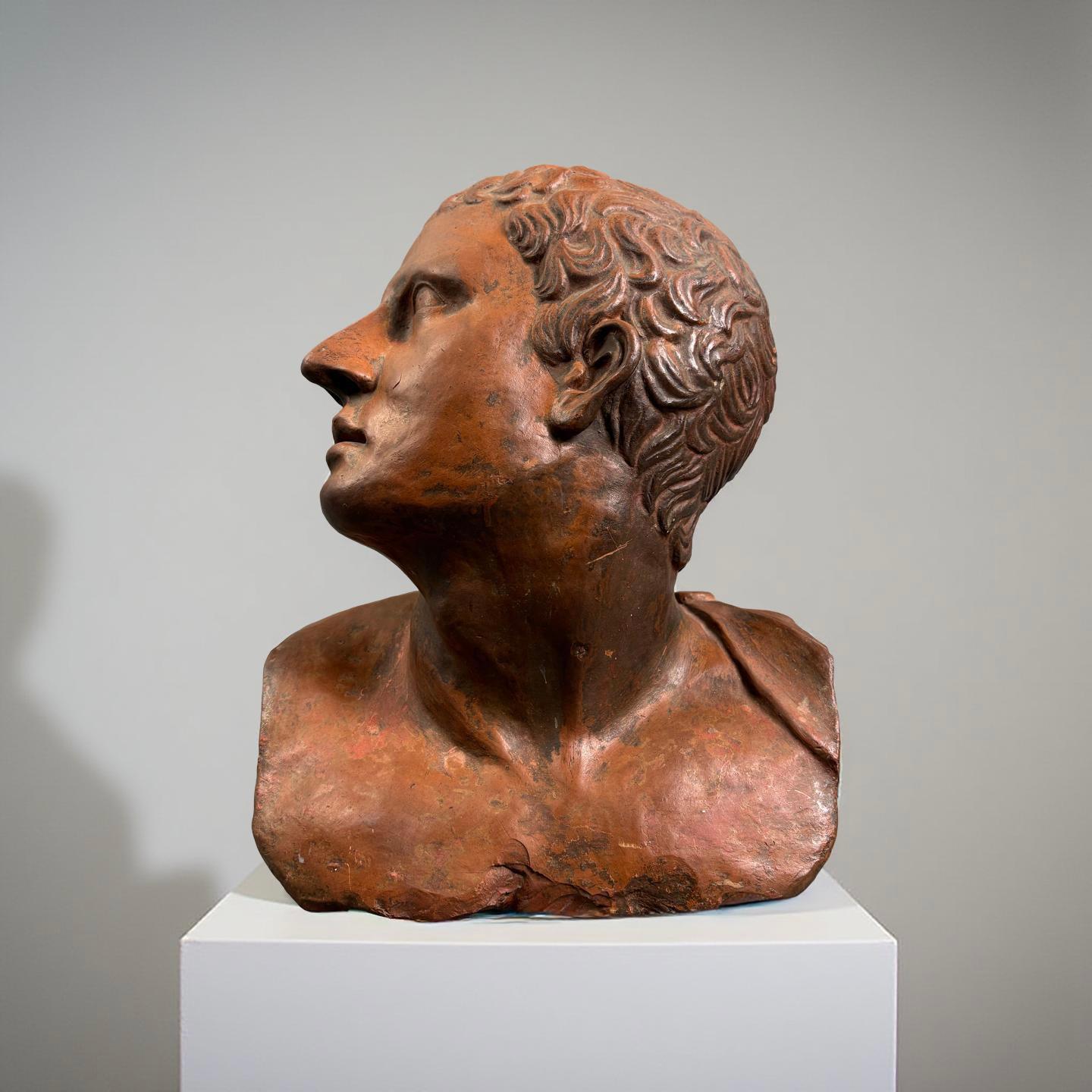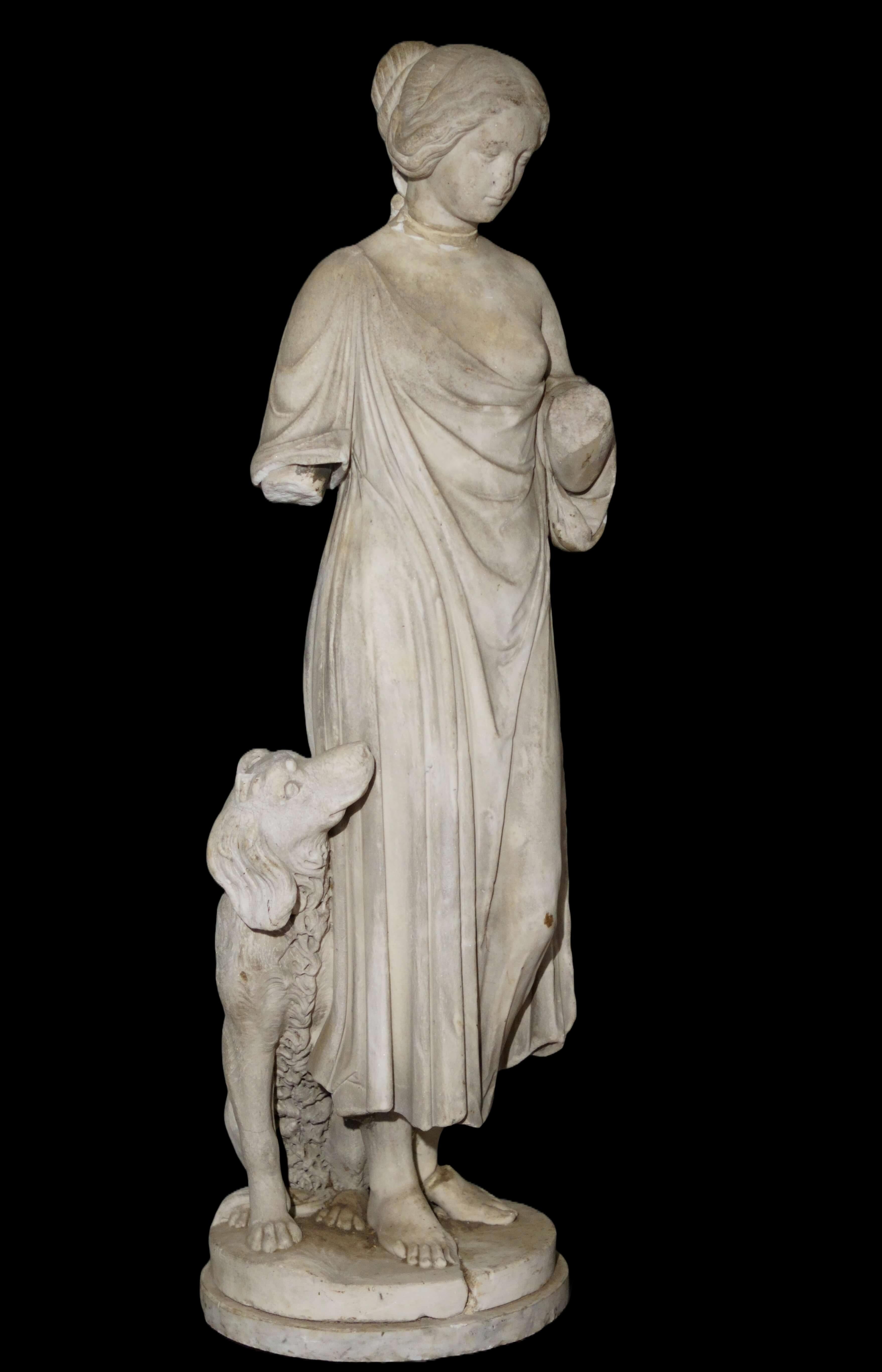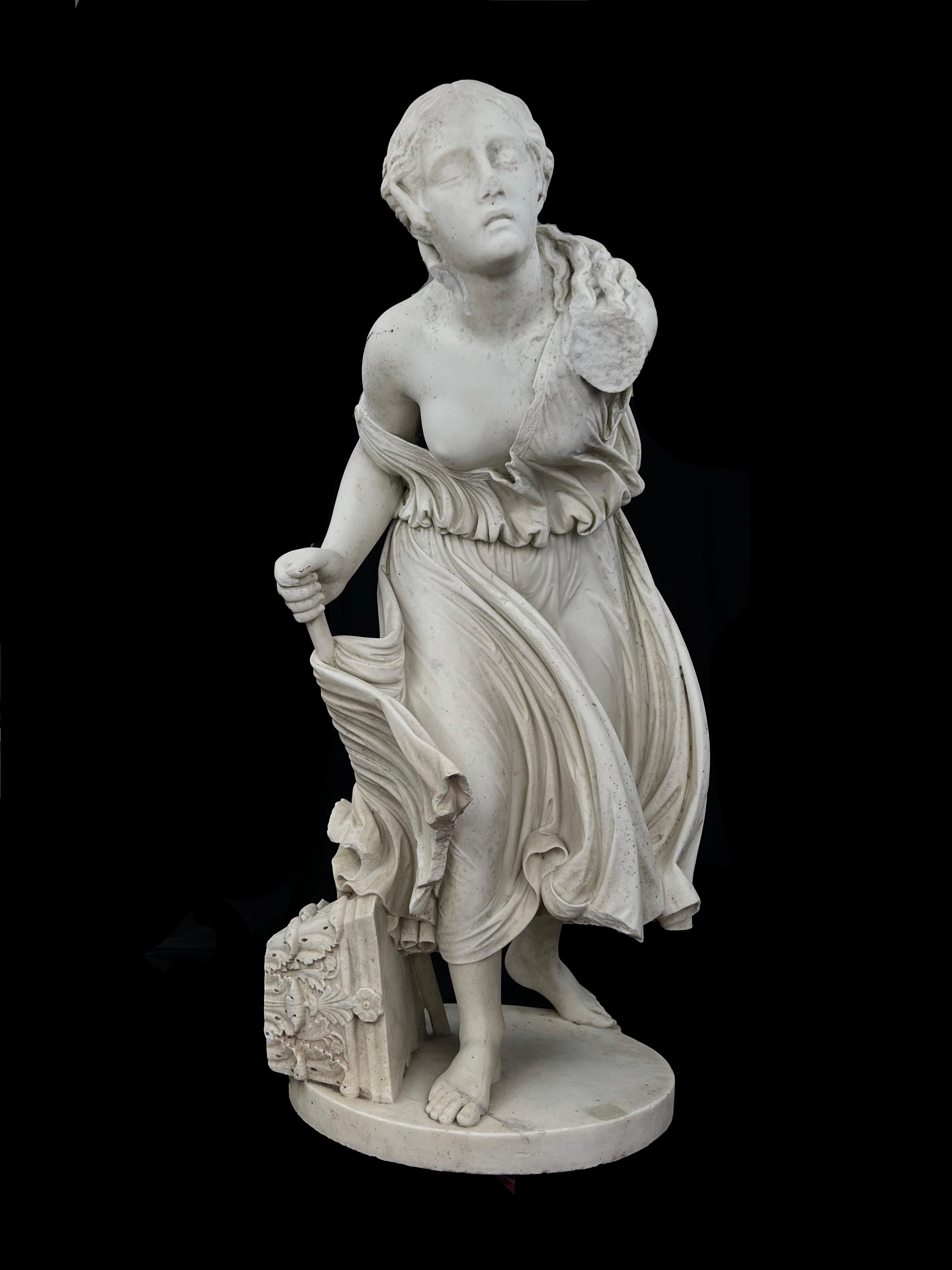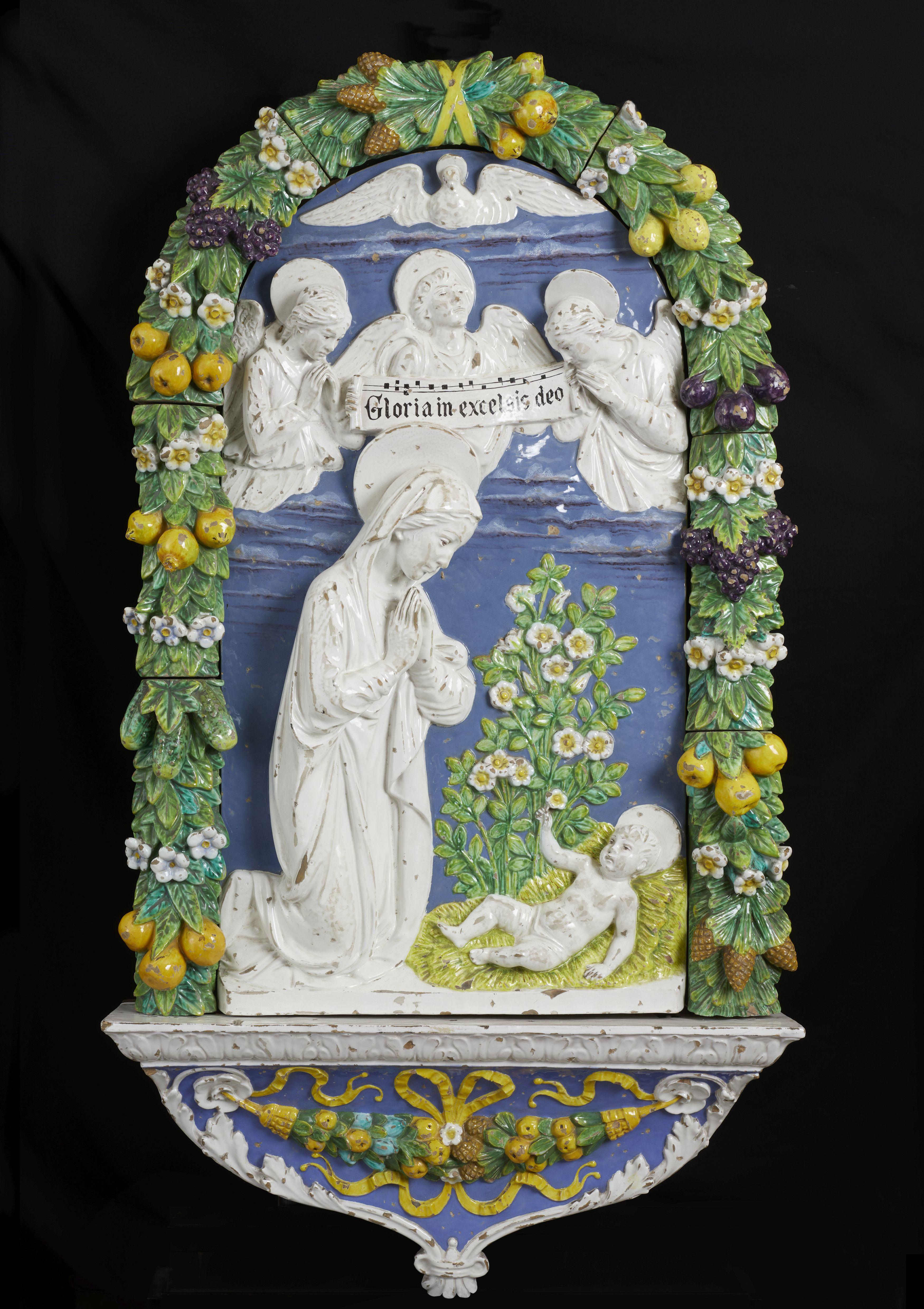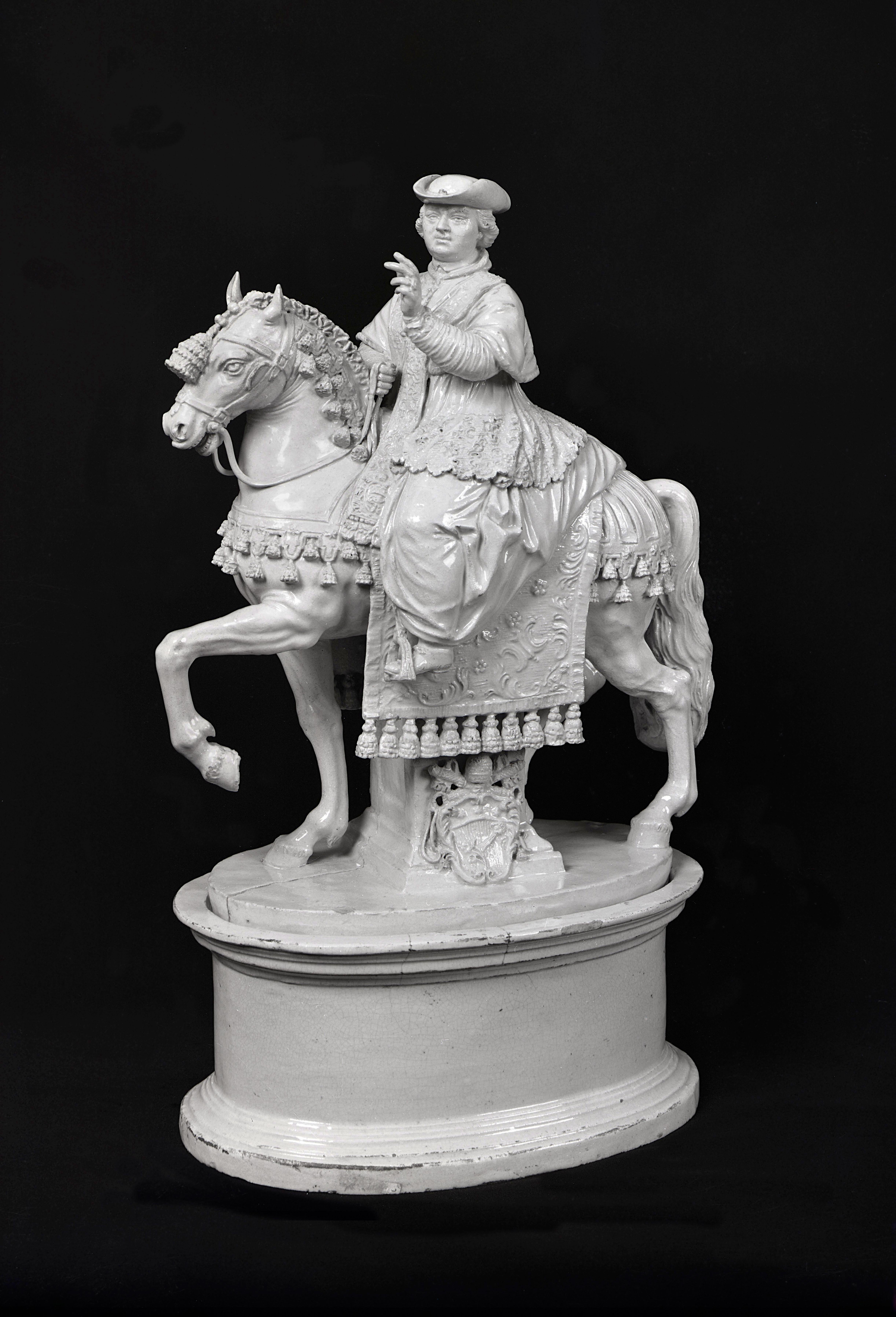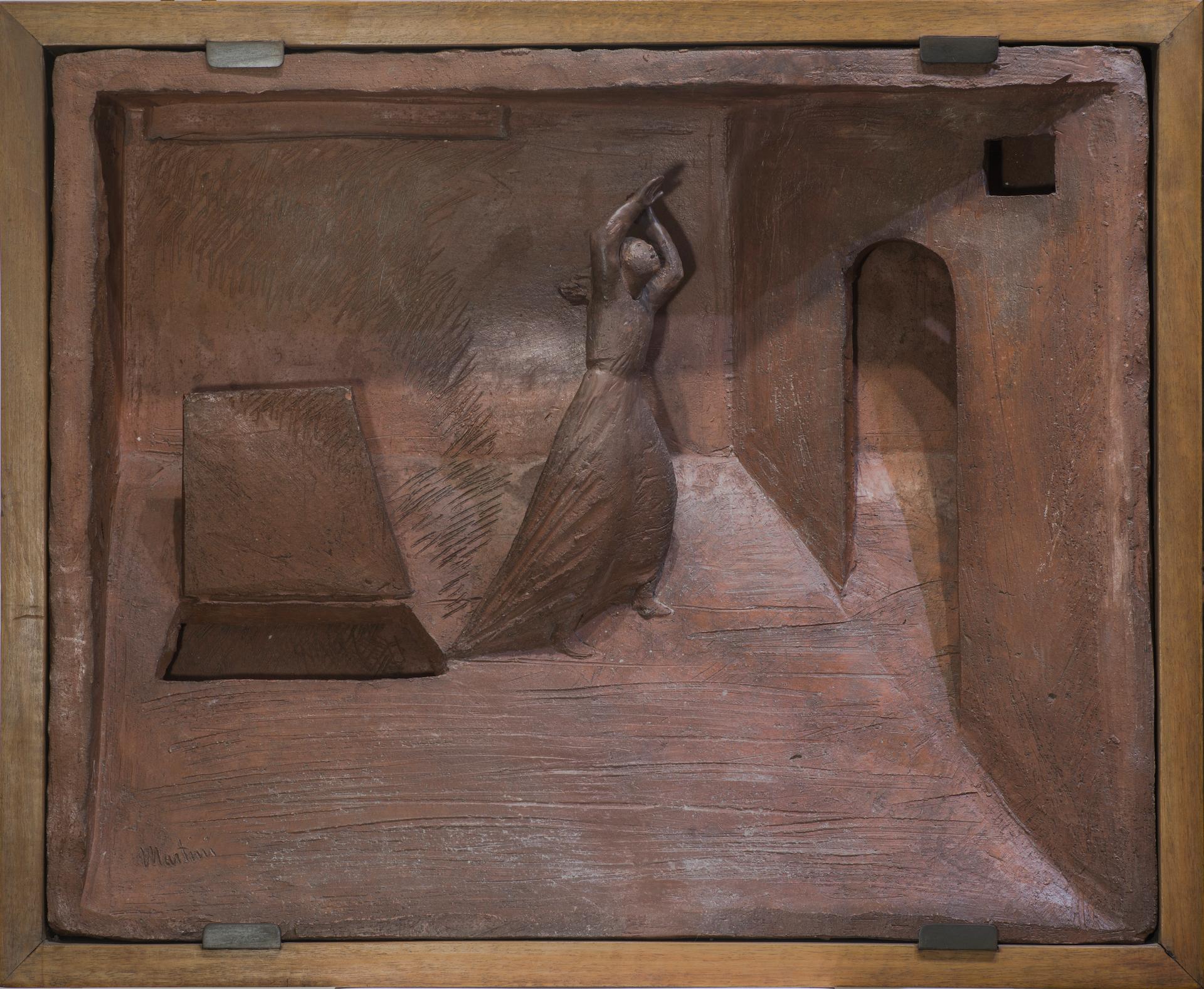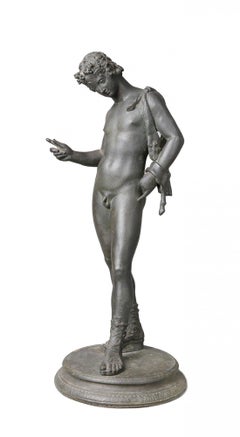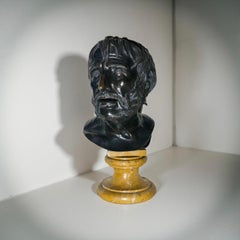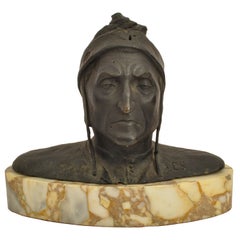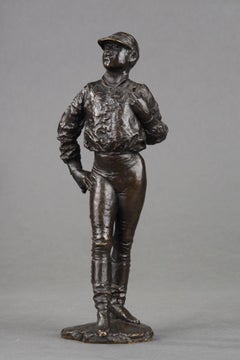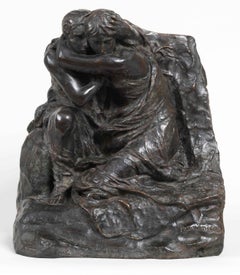
The Abyss
View Similar Items
1 of 3
Pietro CanonicaThe Abyss
$4,783.60List Price
About the Item
- Creator:Pietro Canonica (1869 - 1959, Italian)
- Dimensions:Height: 14.57 in (37 cm)Width: 13 in (33 cm)Depth: 8.27 in (21 cm)
- Medium:
- Movement & Style:
- Period:
- Condition:
- Gallery Location:Roma, IT
- Reference Number:1stDibs: LU1926212549702
Authenticity Guarantee
In the unlikely event there’s an issue with an item’s authenticity, contact us within 1 year for a full refund. DetailsMoney-Back Guarantee
If your item is not as described, is damaged in transit, or does not arrive, contact us within 7 days for a full refund. Details24-Hour Cancellation
You have a 24-hour grace period in which to reconsider your purchase, with no questions asked.Vetted Professional Sellers
Our world-class sellers must adhere to strict standards for service and quality, maintaining the integrity of our listings.Price-Match Guarantee
If you find that a seller listed the same item for a lower price elsewhere, we’ll match it.Trusted Global Delivery
Our best-in-class carrier network provides specialized shipping options worldwide, including custom delivery.You May Also Like
Grand Tour Bronze Sculpture of Dionysus, 19th Century Italian School
Located in Beachwood, OH
19th Century Italian School
Grand Tour Bronze Sculpture of Dionysus, 19th Century
Bronze with black-green patination
24 x 10 x 10 inches
Dionysus, in Greco-Roman religion, a nature ...
Category
19th Century Italian School Figurative Sculptures
Materials
Bronze
Bronze bust of Seneca or Pseudo-Seneca Italy Naples late 18th-early 19th cent
Located in Pistoia, IT
Bronze bust with brown patina depicting the pseudo-Seneca, Italy, early 19th century.
The Pseudo-Seneca is a Roman bronze bust from the late 1st century B.C.. discovered in 1754 in ...
Category
Late 18th Century Italian School Figurative Sculptures
Materials
Marble, Bronze
Antique Italian Grand Tour Bronze Marble Bust Sculpture Dante Alighieri 1880
Located in Portland, OR
A good antique Italian Grand Tour Bronze and marble bust of Dante Alighieri, circa 1880.
The bronze is most likely Florentine and mod...
Category
Late 19th Century Italian School Figurative Sculptures
Materials
Marble, Bronze
Elegant standing Jockey
Located in PARIS, FR
Elegant standing Jockey
by Francesco de Matteis (1852-1917)
Bronze with nuanced brown patina
Signed on the base " F. de Matteis "
Old edition cast
Italy
circa 1890
height 21 cm
w...
Category
Late 19th Century Italian School Figurative Sculptures
Materials
Bronze
18th/19th C. Italian Alabaster Sculpture of Infant Hercules Wrestling a Snake
Located in Beachwood, OH
18th/19th Century Italian
Infant Hercules Wrestling a Snake
Alabaster
18 x 18 x 6 inches
40 lb.
In Greek mythology, the infant Hercules (Heracles) is famously depicted wrestling wit...
Category
Late 18th Century Italian School Figurative Sculptures
Materials
Alabaster
Large Alabaster Sculpture Satyr with Cymbals Volterran workshop 19th century
Located in Pistoia, IT
Large alabaster sculpture depicting the Satyr with cymbals, 19th-century Volterra workshop.
The satyr with cymbals is a Roman marble sculpture preserved in the Uffizi Museum in F...
Category
1870s Italian School Figurative Sculptures
Materials
Alabaster
